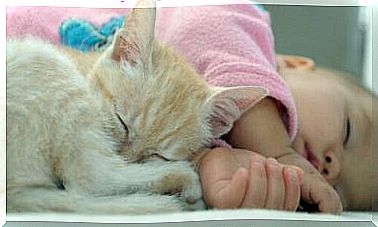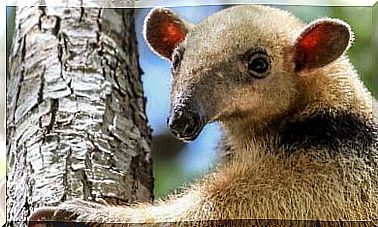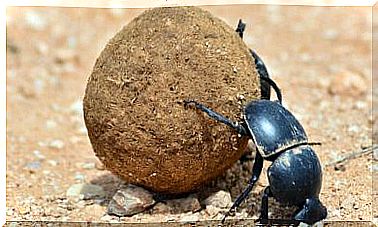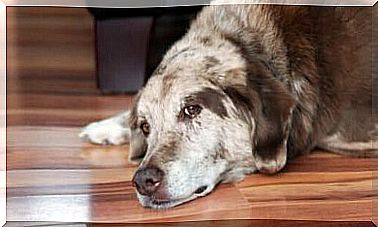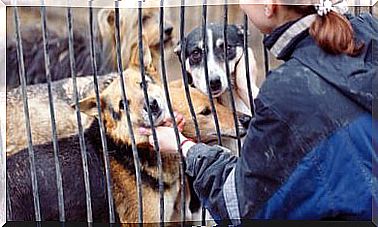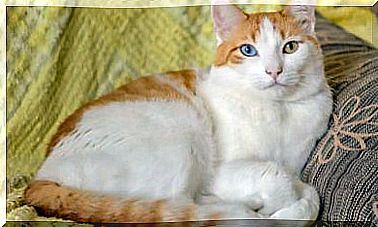What Are Cats’ Coat Changes That Require Attention?
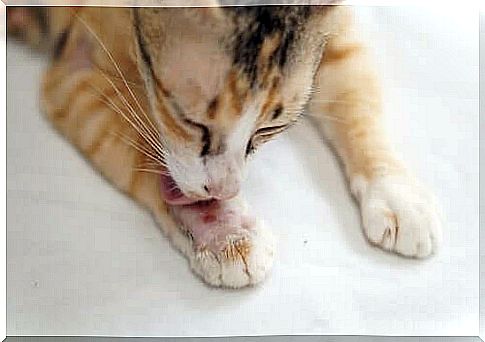
There are cats with long, semi-long or short fur, and they all change their fur naturally. There are a wide variety of changes in the coat of cats that we can observe. Generally, during the winter, the coat is thicker than in the summer and, for this, a molting is necessary in the spring and autumn.
The use of air conditioning and heating can influence the molting of dogs and cats, since in many houses a constant temperature is maintained throughout the year and, therefore, there are pets that do not have a specific molt at a certain time. .
Abnormal changes in the coat of cats
Skin problems are the most frequent cause of veterinarian visits because they are very obvious and the owner can recognize them immediately.
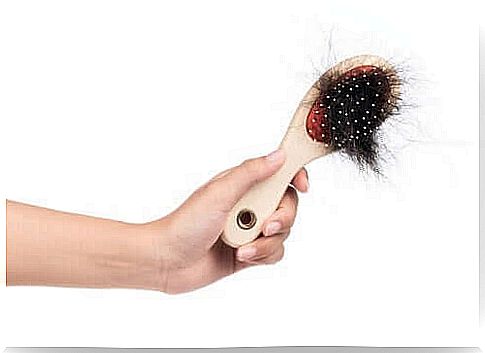
Alopecia
It is one of the problems that attract the most attention, especially when it develops in a short period of time. Baldness or the absence of hair in certain areas where hair was previously present can have many different causes. The most typical are:
- Endocrine Diseases. The failures caused by this type of illness have a specific pattern; they usually only affect certain areas of the body or are symmetrical.
- Allergy. The environmental or food allergy can cause itchiness all over the animal’s body and the cat, to relieve the itching, excessively licks the affected area, pulling out the fur and causing the flaws.
- Feline miliary dermatitis. It is a picture of hypersensitivity to environmental allergens, external parasites, infections or autoimmune reactions. Skin lesions consist of papules and are distributed over the neck, chin and back, and can also cause itching.
- Parasitic infections : scabies and ringworm can cause a lot of itching. Scabies is caused by mites and fungal ringworms; Rounded flaws are characteristic of mycoses.
- Leishmaniasis. Leishmaniasis is also a parasitic disease; in cats, it is much less common than in dogs, but immunocompromised felines can develop it if they become infected. The appearance of skin lesions and subcutaneous nodules on the head and feet is characteristic.
- Stress. Excessive grooming can be a clear sign of stress in the cat, which can end up with small gaps in the coat.
- Ache. Cats with joint pain sometimes pluck or lick hair from affected areas with intensity.
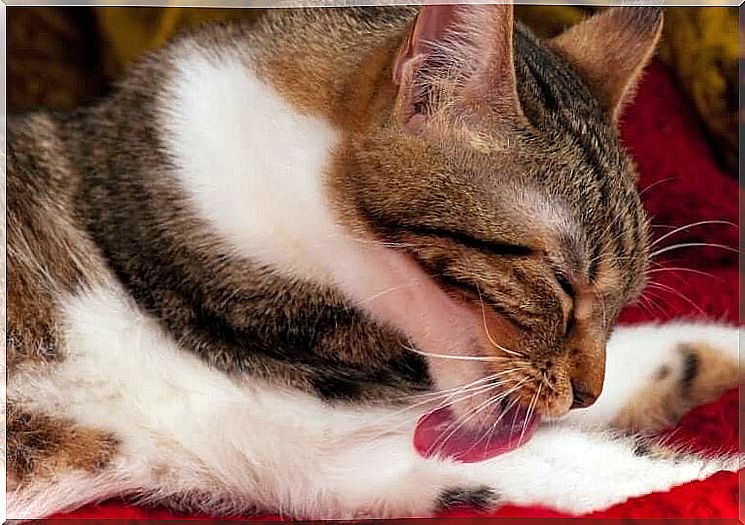
hair loss
If the problem is excessive hair loss, the presence of dandruff or oil, the problem may be hormonal or nutritional. If no other symptoms appear, and if tests such as blood tests rule out other illnesses, this can be corrected through better nutrition and fatty acid intake.
What to do when detecting a problem in a cat’s coat?
As you can see, fur problems in cats can be many and varied; so if you detect any flaws, wounds, lumps… you should go to the vet.
Once there, through a series of tests, the veterinarian will try to rule out the most serious illnesses. In some cases, a blood test may be needed to verify that all organs are functioning properly.
If any type of disease is confirmed, it is best to start treatment as soon as possible: usually, if the disease is treated, the skin and hair symptoms will disappear.
If the problem is just skin, caused by an allergy or nutritional issue, once the cause is removed, the skin will recover and the hair will grow back. We can favor the regeneration of the coat through some type of nutritional supplement, as long as it is not inadvisable by the veterinarian.
With stress, something similar happens. It is necessary to know what has changed in the cat’s life to cause this situation or if there is a lack of stimulation or environmental enrichment at home.

